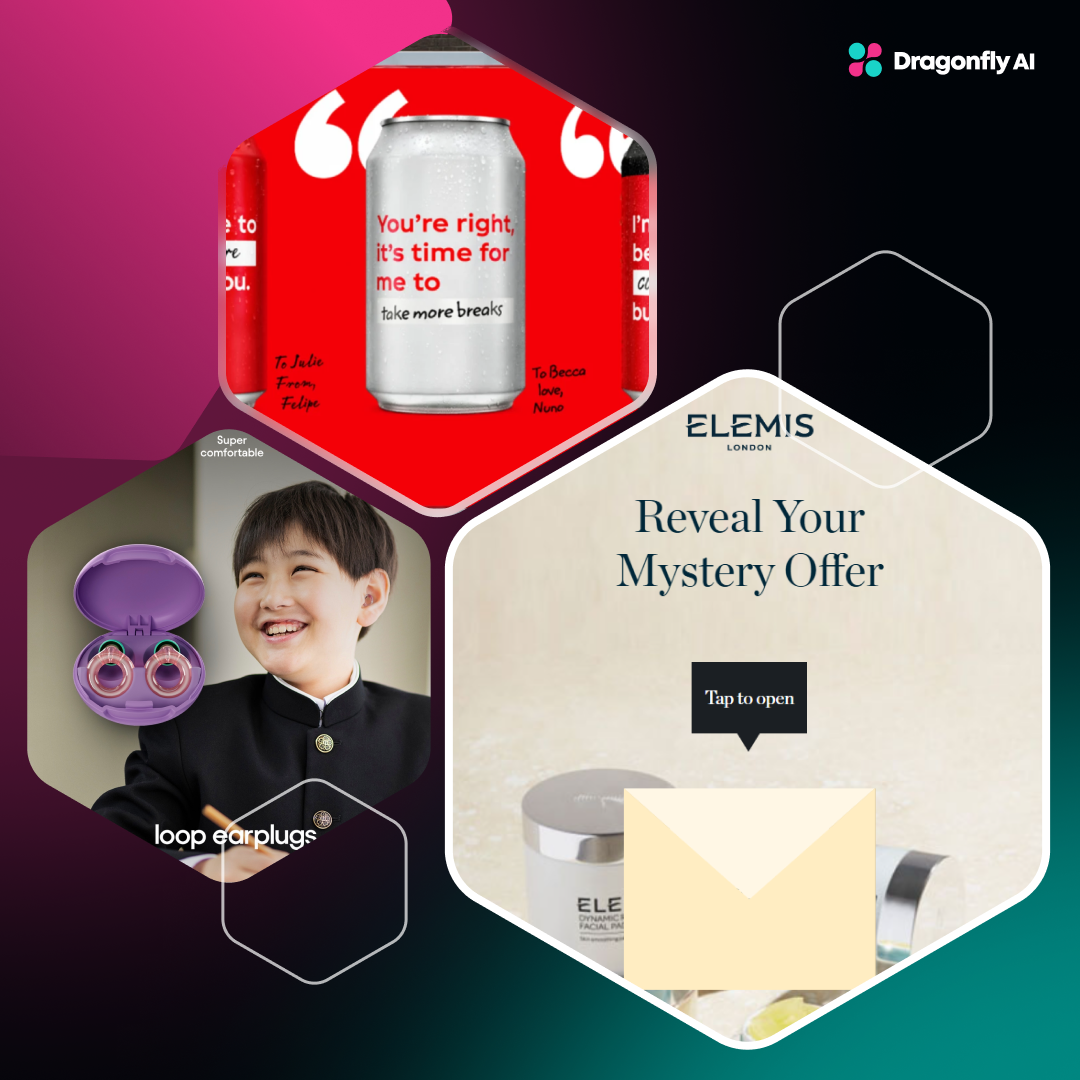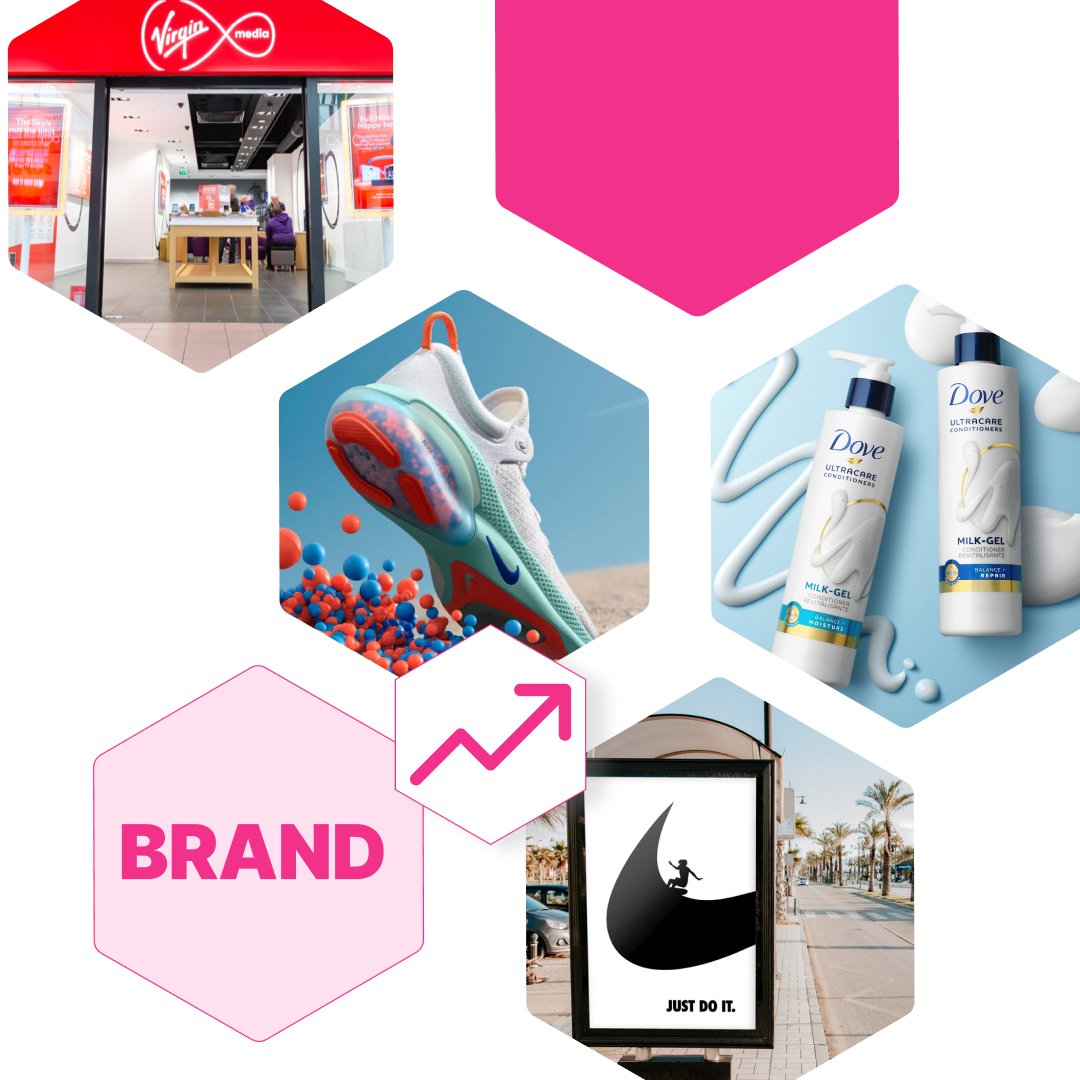Like many industries, brands operating within consumer-packaged goods (CPG) are open to change. Over the last few years, they've had to evolve to meet the needs of modern-day consumers.
The days of mass marketing and distribution designed to get products onto as many shelves as early as possible are fading away. Instead, a more targeted approach is required to meet the increasing diversity of consumer preferences
The rise of eCommerce has also led to more competition, resulting in a wide variety of choices. For this reason, CPG companies have evolved to become more customer-centric in their approach instead of product-centric.
Here, you will review creative innovation in business in the CPG industry, from the importance of data and technology to strategies designed to win over customers in an increasingly crowded market.
Creativity and Innovation in Business: Challenges Faced
Many brands offer similar products, which makes standing out from the crowd even more challenging for businesses trying to gain a foothold. More competition isn't the only problem on the doorstep of CPG brands, however.
Price pressure
The competitiveness in the CPG industry has caused a price war as brands battle to attract customers. Moreover, the concentration of retail power in the hands of large, established brands has given retailers greater bargaining power when negotiating prices with smaller CPG manufacturers. Subsequently, these manufacturers feel pressured into lower prices in order to secure shelf space.
In the current landscape, this only creates issues. A cost-of-living crisis has seen inflation in the UK jump to a 40-year high. Therefore, CPG brands must manage a tricky balancing act to maintain profitability while remaining competitive.
Autopilot consumption
A crowded market becomes even more of an issue when it's so hard to change consumer behavior. Autopilot consumption refers to fixed shopper habits and often involves unconsciously purchasing a product without considering alternative options.
Subscription services and on-demand purchasing ensure items are delivered on a scheduled basis or without needing to visit a website or store. In the last decade or so, these services have exploded as more people choose to 'automate' mundane items such as household products.
Once autopilot is activated, it's more unlikely that a customer will engage with other brands. According to research from Globa lData, 42.3% of shoppers are likely to change brands when shopping in-store. Yet, only 10% do the same with subscription services.
Craving convenience
Many CPG products are necessities rather than items shoppers get excited about purchasing. Household goods are there to offer a function, be it cleaning kitchen surfaces or removing limescale from bathroom walls.
Shoppers are also spending less time in stores and more online. With an increasing number of consumers purchasing their everyday items digitally, it becomes even more challenging for brands to stand out and provide viable competition. Ultimately, brands need to reshape the culture around purchasing, and that can prove tricky when shopper habits are so defined.
Why are Creativity and Innovation Important for Businesses in the CPG Industry?
Increased competition and defined shopping habits mean creativity and innovation have never been more crucial in the CPG industry than they are now. New and existing brands must adapt to change behaviors and make themselves more appealing.
Finding creativity
Creativity and innovation aren't the same things. Creativity in the CPG space means coming up with new ideas, fleshing out concepts, and trying to be different progressively with meaning and substance. It's looking at how to make customer experiences more interactive, whether leading the way in sustainability or having an interactive element to your experience.
It's easier said than done in an industry so set in its ways. Standing out in a sea of consumer-packaged products requires research, data, and strategy before the creative aspect kicks in. And what is creativity without innovation? It's just a group of ideas waiting to be executed.
Innovating the way forward
Innovation is integral to brands as it’s the process of converting creative ideas into practical and helpful applications. In order to innovate, brands need to take a creative idea and bring it to life in a way that adds value.
What do creativity and innovation look like for CPG brands?
Degree, a deodorant maker, wanted to cater to people with disabilities. In the US, one in four people is classed as disabled, yet very few products are designed for this market despite making up a significant percentage of the country.
It came up with more inclusive measures like enhanced grip and easy magnetic closure. But Degree was able to truly innovate by seeing these ideas through to conception with a team of design experts, occupational therapists, and engineers. As a result, Degree Inclusive became the world's first inclusive deodorant.
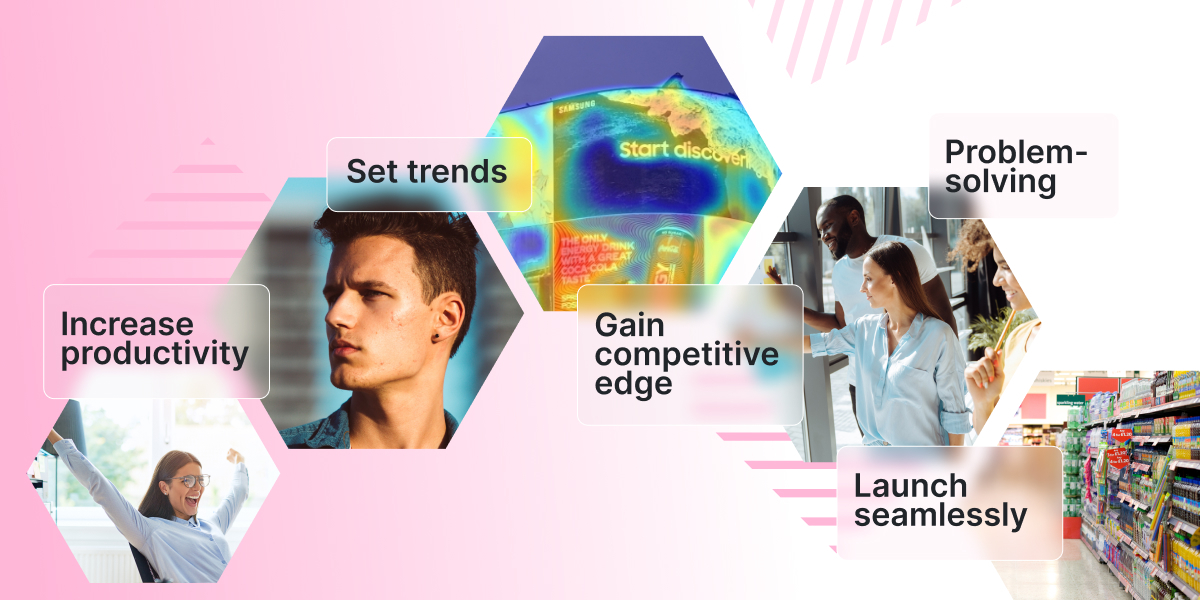
Advantages of Creativity and Innovation
When executed successfully, being creative and innovative in the CPG industry is a game changer. Instead of going with the crowds, it provides a chance to veer in a different direction and establish yourself as one of the key players in the industry, be it through increased productivity, gaining a competitive edge, or launching new products to market efficiently.
Increase productivity
Agility, speed, and flexibility are key traits for CPG firms that want to increase productivity. Smart technology, such as manufacturing automation, is reimagining the future of digital operation and allowing brands to be more agile and faster. As technology improves, companies will realize their creative ambitions and drive change that leads to universal connectivity for better outputs.
Problem-solving
Having access to more data means CPG companies can turn real-time information into creative solutions. Understanding customer pain points becomes easier, and brands can start thinking about how they'll affect changes to behavior so customers aren't locked into subscription services with specific brands.
Gain competitive edge
Data can also provide a competitive advantage over other players, especially those yet to realize the importance of data for every touch point. Those data points lead to evidenced strategies, which helps brands stand out creatively in their market.
Launch seamlessly
Historically, brands need to launch to market first and then spend time gathering information relating to their product fit. Being innovative and tapping into data lets companies understand what's working so they can quickly make more informed creative decisions. This allows for seamless launches with fewer issues and a more confident market approach.
Set trends
Every company wants to set trends instead of following them, no matter the industry. It's no different for CPG brands, who rely on creative thinking and execution to be pioneers in their industry. Whether sustainability measures to reduce plastic waste or create disability-friendly products, the most forward-thinking businesses will be the ones to change the dynamics of the CPG industry.
CPG and Creative Innovations Products
These examples showcase how CPG firms have embraced new ways of thinking to stay ahead of the curve.
Oreo 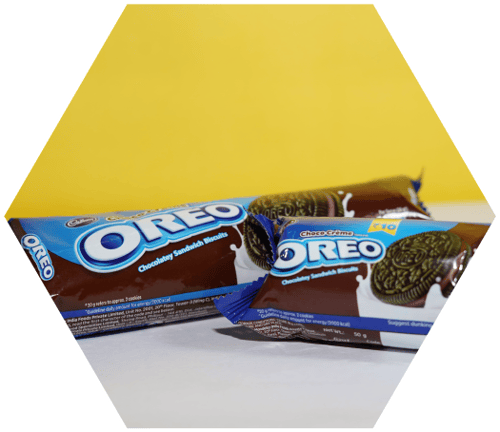
Innovation comes in many forms, and its impact is often layered. Oreo, for example, found ways to create incremental innovation with a seemingly simple move: creating more flavors.
As a legacy brand with more than one hundred years of history, Oreo has traditionally offered one flavor. Making the change and going to market with several variations of its biscuits could have diluted the product and turned people against the brand. Instead, Oreo put its ear to the ground and innovated the company by going to market with 'limited edition' flavors.
Limited-edition products offer fewer risks because a company can simply remove them from the market if there's a negative reaction. For Oreo, however, adding more flavor was so successful that the limited edition became a full-time offer.
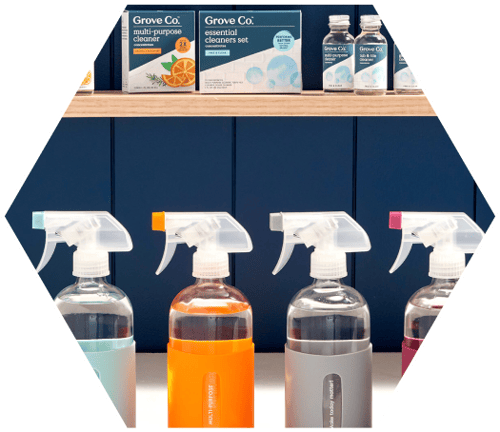
Grove Collaborative
When it comes to sustainability, CPG brands are continuously looking for ways to improve their carbon footprint and be more environmentally friendly. Grove Collaborative, a home and personal care business, put the onus on improving environmental impact rather than expecting the customer to do so.
One of its first environmentally-friendly products was Peach, an entirely plastic-free body and hair care line featuring deodorant and refillable lotion. The company now aims to be entirely plastic-free by 2025 and continue the successful work that generated $384m in revenue in 2021 with more than 1.5 million active customers.
Creative and innovative trends to watch out for this year
In 2023, we can expect to see more innovation in the CPG industry that moves the needle, from actively prioritizing sustainability to using delivery apps as a distribution channel.
For instance, an increasing number of brands aren't just implementing services such as Deliveroo and Uber Eats; they're appearing on delivery apps like Zapp and Getir. Zapp, in particular, is cultivating a delivery service with a boutique feel, offering everything from groceries to products from Apple, Dr Barbara Sturm and Fornasetti in just 20 minutes.
Offline is even expected to see a revival now that Covid is seemingly in the rearview mirror. Expect to see more experimental retail offline, with pop-up shops and workshops for products playing a more significant role in 2023.
Grow Creative Innovation with Dragonfly AI
Innovation and creativity are the way forward for CPG brands. With Dragonfly AI, your company can gain a competitive edge by adding an additional layer of data to your creative.
Take a closer look at Dragonfly AI by booking a demo to see how it transforms creative performance for your CPG brand.

